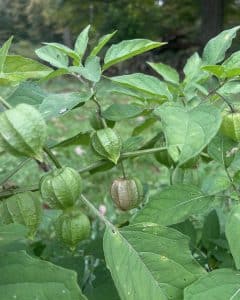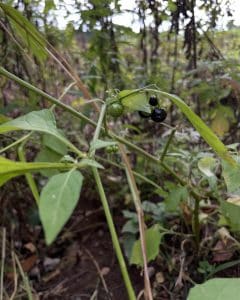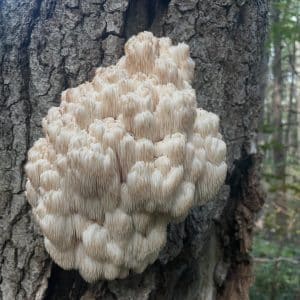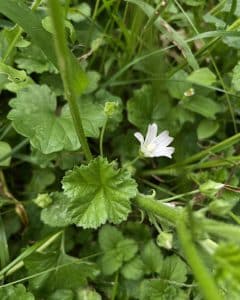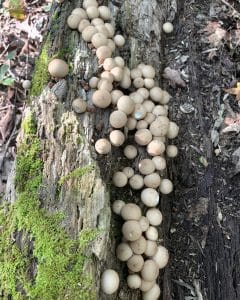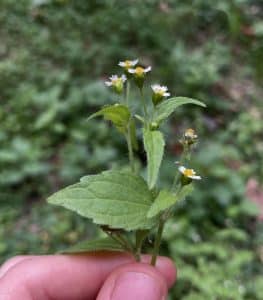The pawpaw (Asimina triloba) is a deciduous tree, noted for its sweet, succulent fruits. The trees are native to Eastern and Midwestern states. From Florida, up the coast until southern Canada, and as far west as Nebraska and the heartland of America.
Pawpaws are considered the largest fruits native to the US. You’ll find a pawpaw tree growing within well-drained soils and in small clusters. They prefer more shaded spots, and will often be found growing within the shade of other large trees.
Other popular names for the pawpaw include prairie banana and wild banana, because of their tropical taste. The American pawpaw should not however be confused with the papaya, which is often called pawpaw.
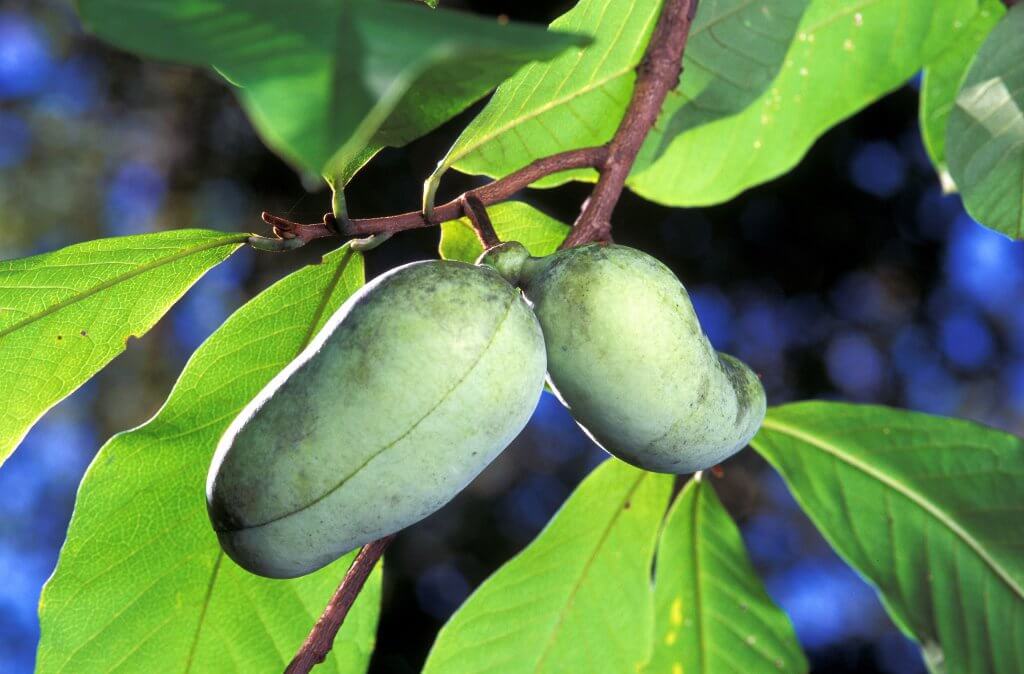
The tree can reach heights of up to 35 meters, so don’t expect all fruit to be within picking distance! It has large, rather simply shaped leaves and produces deep red/purple flowers in the spring. The fruits are usually no larger than 15cm, with a slightly yellow, spring green color, to deep brown. Each fruit contains dense and sweet edible flesh, with half-inch black seeds embedded within.
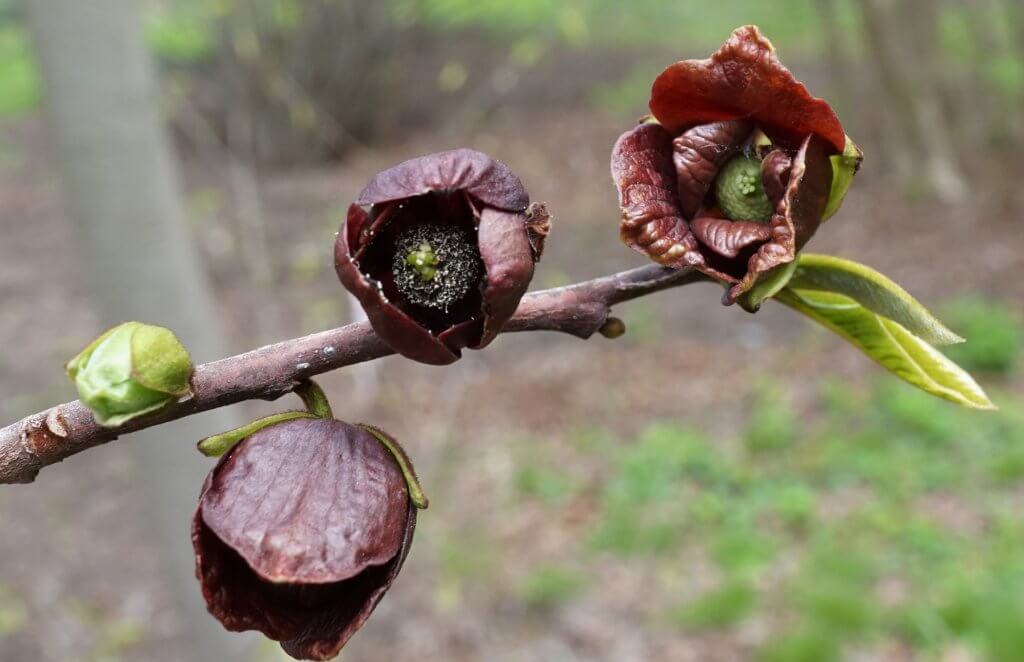
Edible parts and other uses
Only the fruit of the pawpaw is considered safe and edible to eat. Its flavoring is a sweet blend of banana, melon, and mango. They can be eaten raw and straight from the tree, although washing is recommended. Like other tropical-tasting fruits, pawpaw can be extremely versatile in the kitchen. From creating a tropical-tasting pawpaw breakfast porridge to fruit pies and tarts. Their sweet taste and velvety texture can create a wholesome and flavorful dish.
Pawpaws were once cultivated by Native Americans. Records extending back to the 16th century document the use of pawpaw in native cuisines. Even Lewis and Clark reportedly foraged and ate pawpaws to sustain their rations as they voyaged across the US.
Cautions
Some studies have shown that a trace of neurotoxin has been found within the pawpaw fruit. However, like many foods, studies and opinions vary as to the definite risk of eating pawpaw fruits. They are considered very safe to forage and grow, as they are also available commercially.
Foraging
The best time for pawpaw foraging and harvesting is during the late summer and early fall, September usually being the optimum month. Areas of wild woodlands in areas of low to mid-elevation are the areas to search. From alongside hiking trails to near river banks.
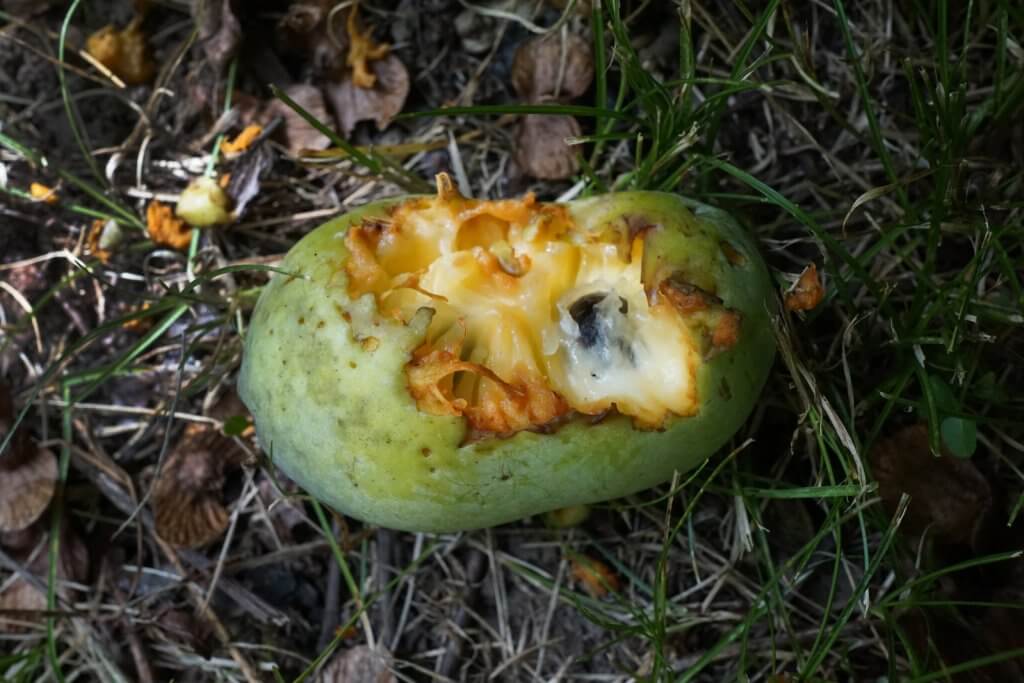
For any fruits out of reach, gently shaking the tree is a great way to loosen any fruits hanging on. But take care of the falling fruit! Pawpaws are pretty big, so make sure children are standing well back.
The fruiting season will be over quickly. So to ensure you can enjoy pawpaws throughout the rest of the year, be sure to freeze a batch. Scoop out the flesh and remove any seeds, then seal it inside an air-tight container. You can grab it out of the freezer and thaw it whenever a delicious fruit pudding or bake is required.
Did you know…
Pawpaw is currently being bred to produce bigger fruit yields, as some varieties will not always bear fruit each year. This would help to make them a more suitable option for commercial farming and orchards. The fruits also ripen quickly and bruise easily, so studies are also looking into improving their resilience.
Conclusion
If you find that you want to keep your own supply on hand, you could grow your own tree. Pawpaws are a great, unusual fruit to grow in your own garden, especially as a native species. If you live in USDA hardiness zone 5 or below, check out these cold hardy pawpaw varieties.
Pawpaws are definitely a fruit that is slowly re-emerging into the limelight. Although it may not be making its way into full commercial production. The pawpaw is catching the eye of many as an interesting fruit to bake and cook with. From fruit tarts to jams and pickles, the pawpaw can be used in so many ways.
—————Written by Hannah Sweet
Hannah is a freelance writer and graphic designer from the UK. With a penchant for travelling, photography and all things botanical, she enjoys writing about a wealth of topics and issues, from conservation and slow living, to design and travel. Learn more about her writing and design services at www.sweetmeanders.co
Many of our readers find that subscribing to Eat The Planet is the best way to make sure they don't miss any of our valuable information about wild edibles.
See our privacy policy for more information about ads on this site

